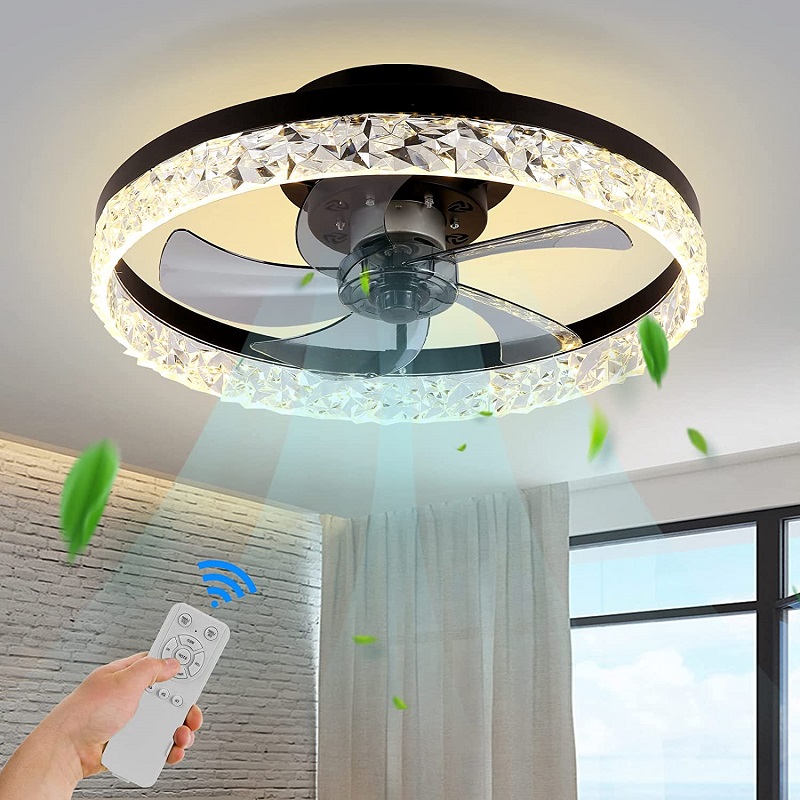
Did you know that the direction your ceiling fan is spinning matters? In the summer, if the fan is spinning in the wrong direction, it can actually make your room warmer!
Here is what you want to have happen. In the warmer months, you need the cooler air to blow straight down on you. This creates a displacement effect for the warm air that has risen up to ceiling level.
In the colder months, the opposite is true. You want to suck the cold air away from ground level so warm air can take its place.
There are always exceptions to this principle, of course, but in the summer, your ceiling fan should be spinning counter-clockwise. The warmer the weather happens to be, then the faster the ceiling fan should be spinning.
In the winter, your ceiling fan can help to maintain a comfortable temperature by spinning at the lowest speed in a clockwise direction.
Does It Matter What Type of Ceiling Fan I Own?
The quality of a ceiling fan is the determining factor in how much air movement will be experienced within a room. An expensive, but poorly designed ceiling fan will be less effective than one of the best cheap ceiling fans that are designed to move air.
For best results, homeowners must focus on speed and control. That means having a variety of features included with the ceiling fan so you can maintain a consistent temperature all year long. Here is what to look for when reviewing the best outdoor ceiling fans or your preferred category.
- Easy Switch Access. Many ceiling fans have the reversal switch located on the top of the fixture. That can be extremely difficult to reach. Look for a ceiling fan that offers a remote control option for best results.
- Reversible Blades. Some ceiling fans have eliminated the reverse switch by allowing the blades of the fan to be reversed by the owner.
- Maximum Low Speed Control. Most ceiling fans offer a hi/medium/low switch setting for three-speed control of the blade movement. For homeowners in colder locations, look for a ceiling fan that gives you added speed options that go below the traditional low setting for better air movement.
Do Ceiling Fans Actually Change the Temperature of a Room?
Ceiling fans work by changing a person’s perception of temperature instead of changing the actual temperature. In the warmer months, you can cool down with a ceiling fan because of the chilling effect that cooler air has on the skin. The opposite occurs with warmer air impacting the skin. You feel warmer.
If your ceiling fan is vented, however, then actual temperature changes can occur. With a vent, a ceiling fan can draw in cooler air from outside to change the ambient air temperature of a room. In the warmer months, the hot air near the ceiling can be blown out of the house and replaced with cooler air from floor level.
A ceiling fan direction doesn’t always matter, but if you follow these tips, you’ll find that life at home can be more comfortable.